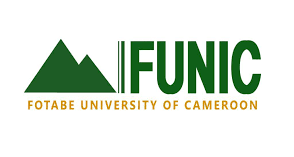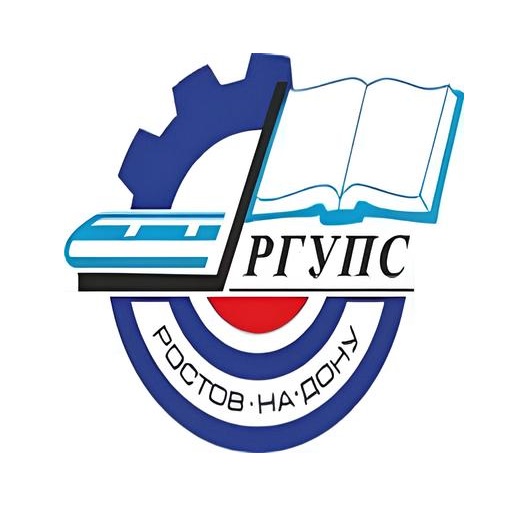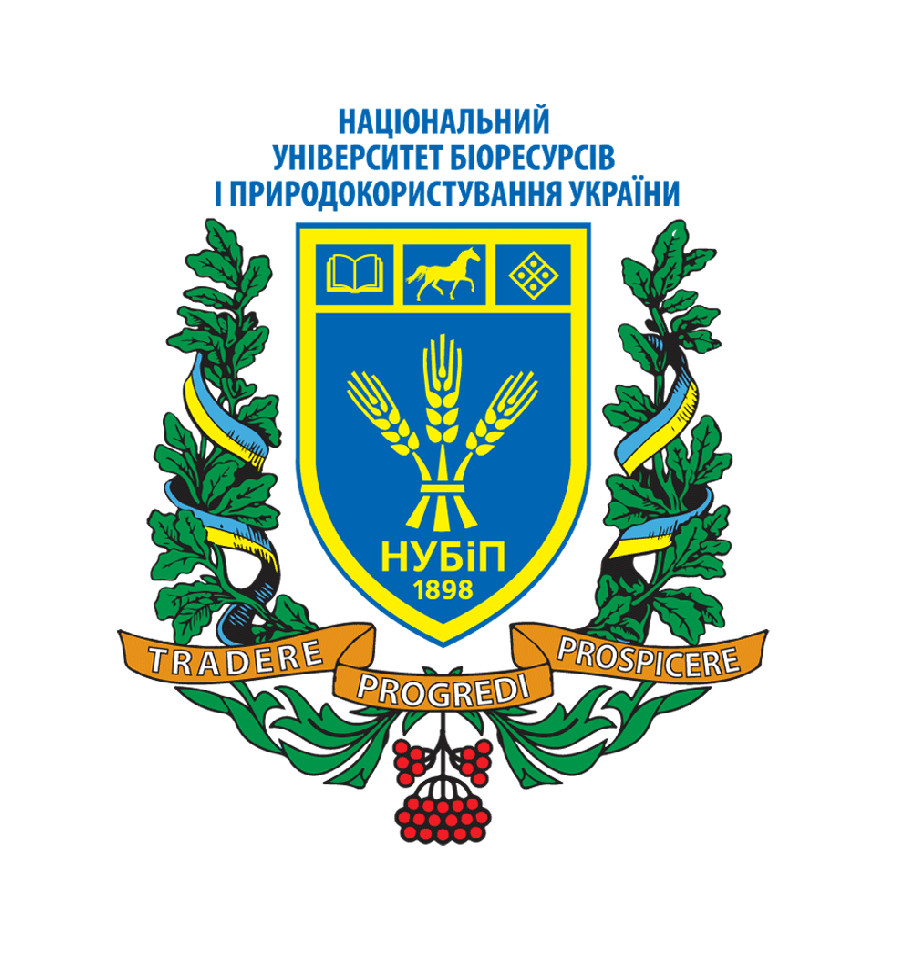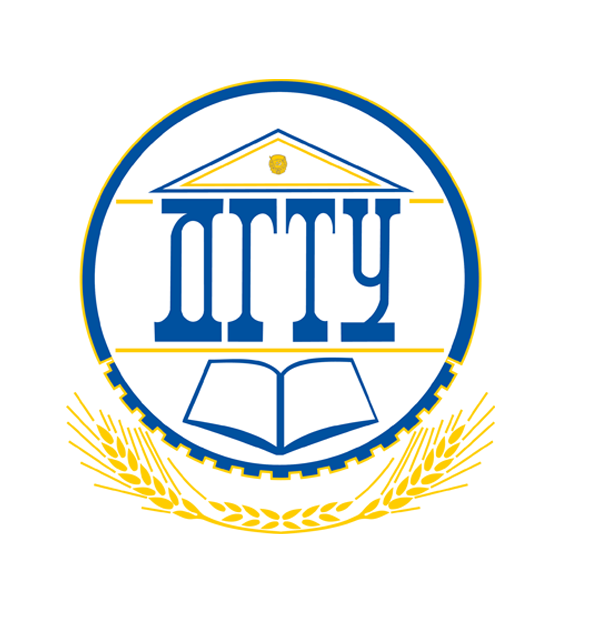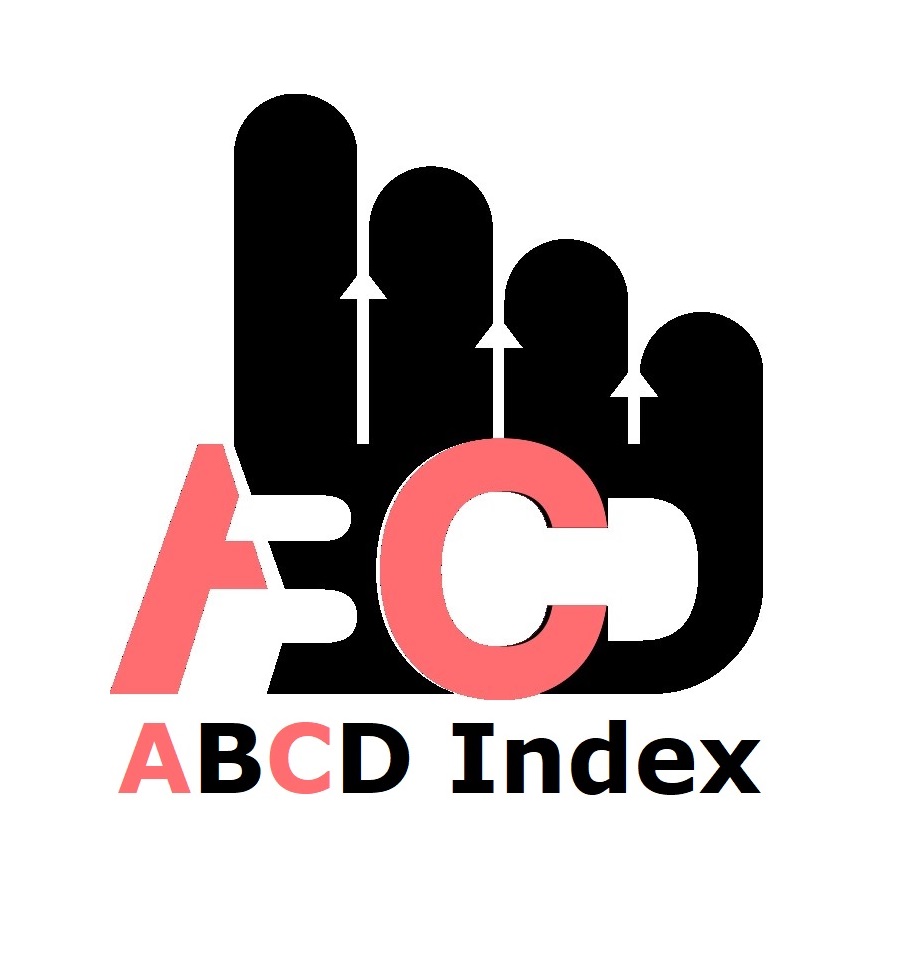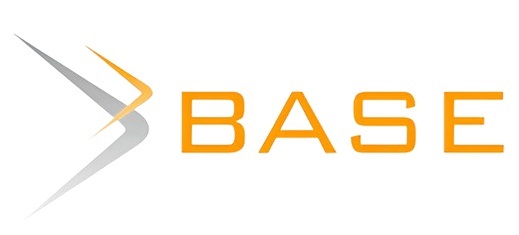Evaluation of communication strategies used during the 2022 general elections in Shinyalu constituency, Kenya
Keywords:
Communication Strategies, Interpersonal communication, Persuasion, Political Campaigns, Voter BehaviourAbstract
Various studies have been undertaken on the role of interpersonal communication in elections in different countries. However, its efficacy and role in political communication have not been fully interrogated. This ignorance may lead to undesirable or negative outcomes contrary to the expectations of the contestants, making it difficult to tap into the gains that could be availed through this means of communication. This study sought to examine communication strategies used during the 2022 general elections in Shinyalu Constituency. The elaboration likelihood theory underpinned the study. The study adopted a mixed-method research design approach and utilised both qualitative and quantitative methods of data collection and analysis. The population of the study was 76,978. A sample population of 398 respondents was arrived at by the Slovin’s formula. 398 respondents responded to questionnaires, and 12 key informants participated in interviews. Quantitative data was analysed using descriptive statistics, while qualitative data from interviews was analysed thematically. The findings established that political candidates in Shinyalu Constituency utilised a variety of communication strategies to engage with the electorate. Policymakers and electoral bodies such as the Independent Electoral and Boundaries Commission (IEBC) should formulate policies which encourage transparent and effective communication. Political candidates and campaign managers should adopt interpersonal communication as a strategy and participate in community events in order to obtain affirmative vote outcomes.
Published
How to Cite
Issue
Section
Copyright (c) 2025 Brian Juma Khisa, Dr. Lydia Anyonje, Dr. Joyce Kasili, Prof. Egara Kabaji

This work is licensed under a Creative Commons Attribution-NonCommercial 4.0 International License.
Most read articles by the same author(s)
- Felister Nyaera Nkangi, Lydia Anyonje, Egara Kabaji, Influence of Mass Media Messages on Audience Perception Regarding Patient Rights Among the Residents of Mt. Elgon, Bungoma County, Kenya , African Journal of Empirical Research: Vol. 5 No. 3 (2024): Jul-Sep 2024
- Geoffrey Juma Lumbasi, Dr. Lydia Anyonje, Prof. Jacob. W. Wakhungu, Dynamics of Marketing Communication Platforms Used by Farmers to Access Information on Agriculture in Kakamega County, Kenya , African Journal of Empirical Research: Vol. 4 No. 2 (2023): Jul-Dec 2023
- Judy B. Chepngeno, Lydia Anyonje, Utilization of Interpersonal Communication Channels in the Uptake of Cervical Cancer Screening at Moi Teaching and Referral Hospital, Kenya , African Journal of Empirical Research: Vol. 4 No. 2 (2023): Jul-Dec 2023
- Beryl Teresa Adhiambo, Lydia Anyonje, Egara Kabaji, Communication Strategies Employed By 103.9 MMUST Fm to Capture Listeners’ Attention Regarding COVID-19 Pandemic in Lurambi Sub-County, Kenya , African Journal of Empirical Research: Vol. 5 No. 4 (2024): Oct-Dec 2024
- Isaac Wamalwa Manje, Egara Kabaji, Lydia Anyonje, Kizito Muchanga, Faith-based radio and strategic peacebuilding: Programming for electoral calm in Kenya , African Journal of Empirical Research: Vol. 6 No. 3 (2025): Jul-Sep 2025
- Philip Kiprotich Chebunet, Egara Kabaji, Lydia Anyonje, Structures of FM Radio Talk Shows Listened to by University Students in Eldoret Town, Kenya , African Journal of Empirical Research: Vol. 5 No. 4 (2024): Oct-Dec 2024
- Isaac Wamalwa Manje, Egara Kabaji, Lydia Anyonje, Kizito Muchanga, Messages that matter: Themes of peace in faith-based radio during Kenya’s 2022 general elections , African Journal of Empirical Research: Vol. 6 No. 3 (2025): Jul-Sep 2025
- Brian Nasiari, Joyce Kasili, Kazadi Muteba, Les représentations que les apprenants Kenyans de Français langue étrangère se font de la France, des Français et de la langue française , African Journal of Empirical Research: Vol. 6 No. 4 (2025): Oct-Dec 2025










